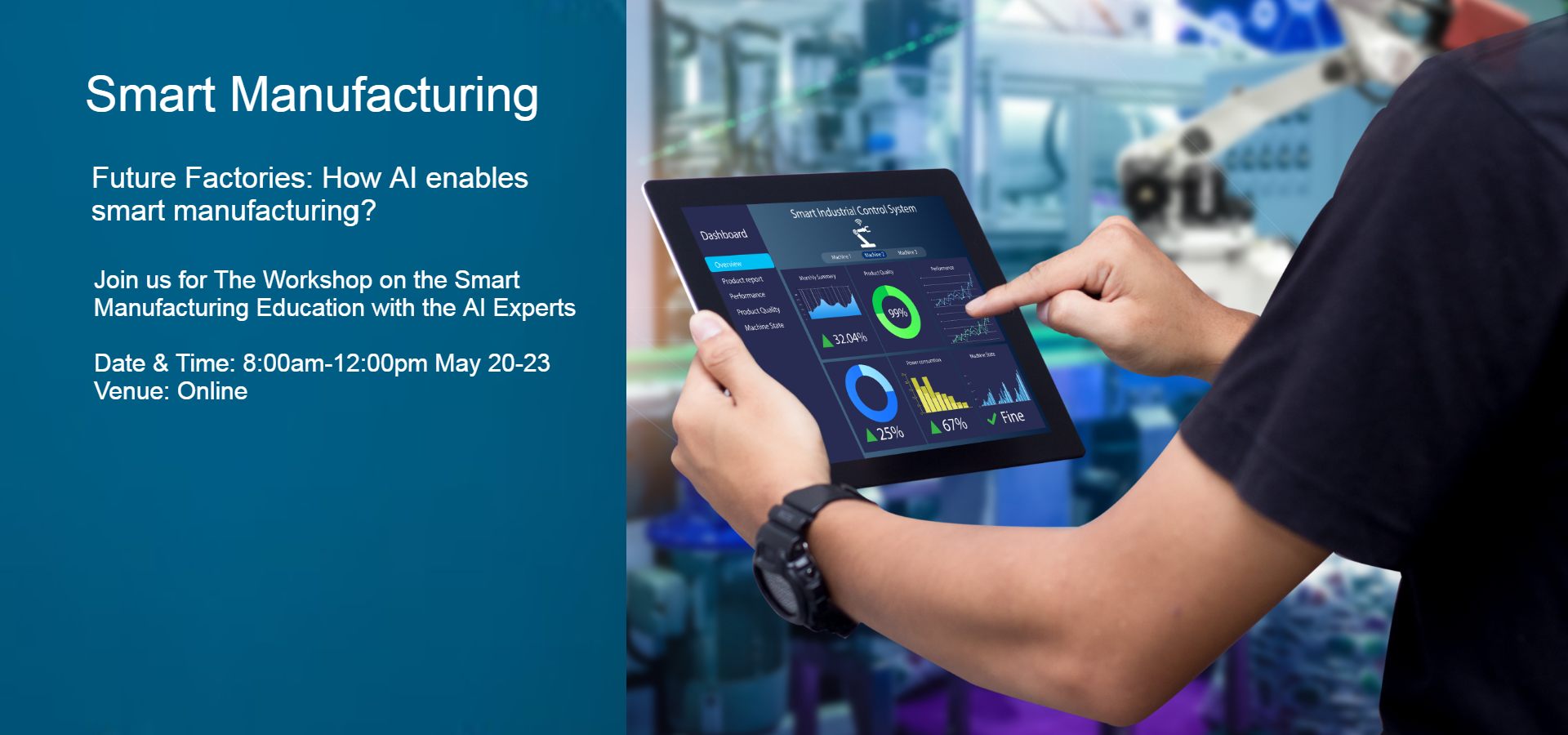In the realm of modern industry, the intersection of technology and manufacturing has become a thrilling narrative of innovation and ingenuity. As we move deeper into the 21st century, the advent of smart manufacturing has ushered in a paradigm shift, particularly through the installation of smart cameras in manufacturing centers. These intelligent devices are not just cameras; they represent a fusion of artificial intelligence, real-time data analytics, and automation, all designed to enhance operational efficiency, quality control, and safety. But one might ponder: how exactly do these smart cameras change the game, and what challenges do they pose along the way?
To fully grasp the impact of smart cameras on the manufacturing landscape, it’s essential to understand their capabilities. Equipped with advanced artificial intelligence algorithms, these cameras can analyze visual data with remarkable precision. They monitor production lines, assess worker safety, and ensure compliance with quality standards in real-time. Imagine a scenario: a manufacturing plant has just installed a series of these smart cameras, connected to a robust data system that gathers insights instantaneously. The result? A production environment that is not only more efficient but also more responsive to issues as they arise.
The role of these cameras extends beyond mere surveillance. They act as intelligent sentinels, capable of detecting anomalies that human eyes might overlook. For instance, they can identify defects in products as they pass through the assembly line, drastically reducing the rate of faulty goods reaching consumers. By catching these imperfections early, manufacturers can minimize waste and reworks—a substantial cost saver in the long run.
Moreover, the integration of smart cameras into manufacturing processes tends to enhance workplace safety significantly. With their capability to monitor compliance with safety protocols, these cameras serve as an unblinking eye that ensures employees adhere to safety measures. Imagine a scenario where an employee is seen not wearing the necessary protective gear. The system can immediately alert supervisors, effectively preventing potential accidents before they occur. This proactive approach not only protects workers but also fosters a culture of safety within the workspace.
However, with the advent of such groundbreaking technology comes a series of complex challenges that must be navigated thoughtfully. One critical concern is the potential for overreliance on technology. While these cameras offer unparalleled insights, there’s an innate risk that operators may become too reliant on them, potentially stifling human intuition and decision-making skills. How do we strike a balance between leveraging high-tech solutions and valuing the human touch in manufacturing? This question serves as a catalyst for discussions about the evolving role of workforce members in an increasingly automated environment.
The implementation of smart cameras also raises questions surrounding data privacy and security. As with any system that collects and processes vast amounts of data, there are inherent risks of misuse or breaches. Within a manufacturing environment, where sensitive operational data is at stake, ensuring robust cybersecurity measures becomes paramount. Addressing these concerns involves not only installing secure systems but also educating employees about the importance of safeguarding their data responsibly.
In terms of infrastructure, integrating smart cameras into existing systems can be nothing short of a logistical puzzle. Organizations may face challenges in retrofitting outdated equipment or ensuring compatibility between new smart systems and legacy machinery. It isn’t merely about placing cameras in strategic locations; it involves a holistic approach to revamping processes and workflows to maximize the potential of this technology.
Despite these challenges, the potential benefits of smart cameras are undeniable. Manufacturers can streamline operations, enhance productivity, and foster a safety-oriented environment. The ability to harness data-driven insights enables organizations to make informed decisions quickly. This agility can be a game changer, particularly in industries where market demands shift rapidly. In fact, businesses that successfully implement smart manufacturing techniques may not only gain a competitive edge but also redefine operational standards across their respective sectors.
As manufacturers embark on the journey toward smart manufacturing, it is essential to navigate this new terrain judiciously. Investing in smart cameras requires a comprehensive strategy—one that encompasses technological, human, and organizational aspects. It’s not merely about adopting new technology but cultivating a mindset that embraces innovation while recognizing the invaluable human input in the equation.
Engaging employees in the transition process can enhance not only the acceptance of these technologies but also the quality of the implementation. Training programs, workshops, and forums can foster a culture of curiosity and collaboration, encouraging workers to voice their concerns and insights about new systems. By combining the strengths of technology with the intellect of experienced workers, manufacturing centers can unlock unparalleled levels of efficiency and creativity.
The ultimate question remains: can manufacturing ecosystems evolve gracefully into this new era of smart technology while preserving the human element that is foundational to industry? As organizations seek to harness the full potential of smart cameras, the journey will inevitably shape the future of manufacturing. As industry leaders adopt a forward-thinking approach, they will not only enhance their operational capabilities but will also inspire confidence in a future where man and machine coalesce seamlessly. In closing, it’s crucial to remember that while technology paves the way for progress, it is the human spirit that truly drives innovation.
